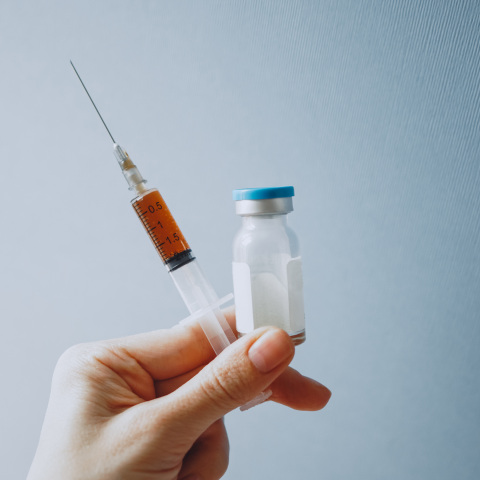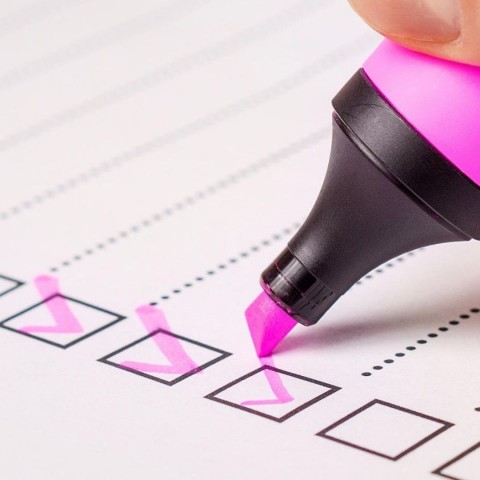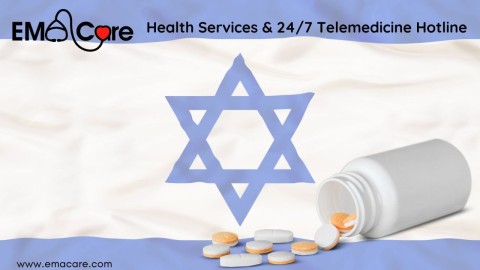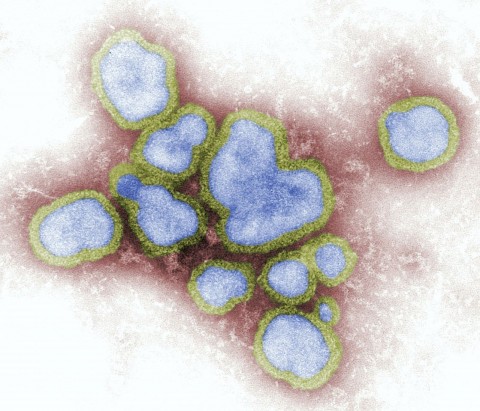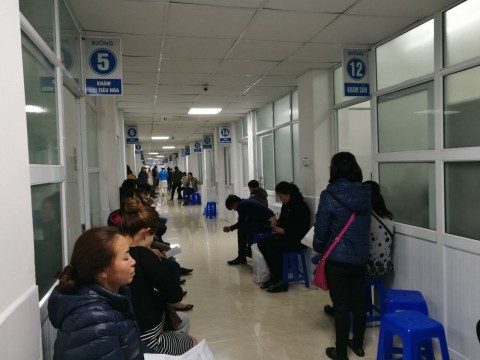The Covid-19 Vaccine
Comparing Steps Required for Regular FDA Vaccine Approval and the Steps the Currently Approved Vaccines Underwent
The launch of widespread vaccination for the coronavirus in Israel has been met with enthusiasm from the many dedicated healthcare professionals across the country and although this feeling has by-and-large been shared by the public, feelings of skepticism and concern are present as well. Under normal circumstances a vaccine can take more than 10 years to develop- from research, clinical development, to regulatory review and approval, and finally distribution. How then was a vaccine for COVID-19 developed in under a year? We know that the vaccine candidates of Pfizer and Moderna underwent a relatively shortened process to achieve an Emergency Use Authorization, but what exactly was skipped/shortened?
The vaccine was developed so quickly due to; years of previous research on related viruses, a shortened manufacturing process, drastically increased funding allowing for multiple trials running simultaneously and a speedy regulatory process. To find out more, let's examine the regular steps required to receive authorization from the FDA.
Authorization from the FDA begins with research and development of the vaccine based on a hypothesis that the candidate can work. Once the R&D is complete, it undergoes preclinical testing, which checks to see if the candidate can produce results and be safe in animals before it is tried on people. If the preclinical trials are found to be successful, the candidate can continue to Phase 1 Clinical Trials which tests the candidate's safety on a limited number of humans by giving increasing doses.
Early efficacy results may also be obtained during this phase. If Phase 1 is successful, Phase 2 will begin with hundreds of people, further testing the candidate's safety among different people with different health statuses, and the relationship between different doses and their immune responses. If successful, Phase 2 will be succeeded by Phase 3, in which there will be tens of thousands of participants, this will generally be conducted using one dose, and will check the candidate's safety and efficacy using that dose. The company will then seek approval from the FDA. If approval is granted, there will be follow-up conducted among the recipients of the newly-approved vaccine to reaffirm its safety or efficacy, in what is commonly called Phase 4 testing.
For the Coronavirus vaccine Pfizer's and Moderna's candidates generally underwent all 3 phases. The only shortened part of the process was that Phases 1 and 2 were combined. While this theoretically could have caused a concern regarding the safety or efficacy of the candidate, Phase 3 testing soundly removed the concerns that arose out of the shortening, as it was conducted on tens to hundreds of times the number of people then usually involved during this stage of the process.
In conclusion, the factors that are responsible for the shortened time span have no relevance to the safety and reliability of the vaccine. Increased spending and cooperation the individual stages were conducted faster and were the main contributing factors, however, the candidates underwent all the regular stages of vaccine development and approval and should not be considered unsafe because of their speedy process.
When you subscribe to the blog, we will send you an e-mail when there are new updates on the site so you wouldn't miss them.

